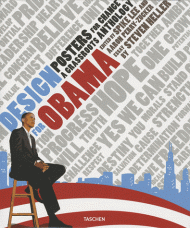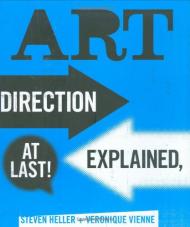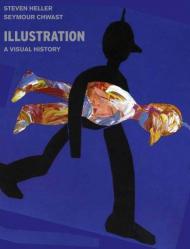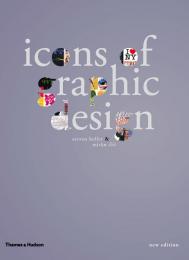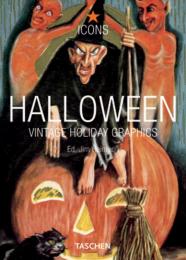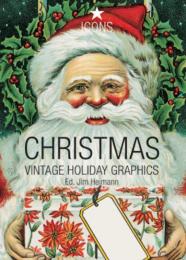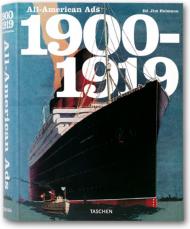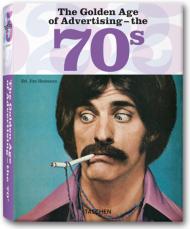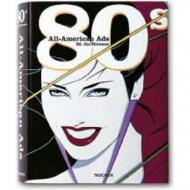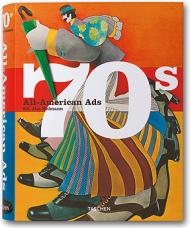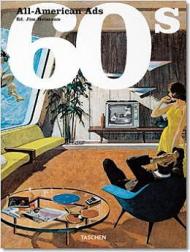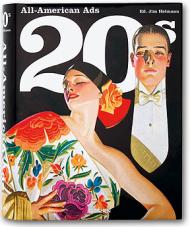Hundreds of artists and designers expressed support for the Obama candidacy by designing posters and submitting them to designforobama.org for free download. This selection of the very best - curated by Spike Lee and Aaron Perry-Zucker - is a visual document of the most inspirational U.S. presidential campaign in living history.
From its inception, the Barack Obama campaign was destined to make history. Its message of inclusion and empowerment was spread by thousands of volunteers, a grassroots organization of unprecedented size and enthusiasm. Design for Obama built on this spirit with an online forum where artists, designers and supporters could upload their artworks and download others. Shepard Fairey’s social realist "Hope" poster became 2008’s enduring image, inspiring scores of designs that appeared on the streets, at rallies and registration drives, and in homes and offices around the country.
Edited by designforobama.org founder Aaron Perry-Zucker and filmmaker Spike Lee, this collection showcases over 200 of the best pro-Obama posters. Contributors range from prominent graphic and street artists to young up-and-comers. With essays by Spike Lee, Perry-Zucker, and design historian Steven Heller, this outstanding collection serves as a matchless historical document of the widespread visual creativity that helped spur Obama to victory.
Видавництва
Переглянути все